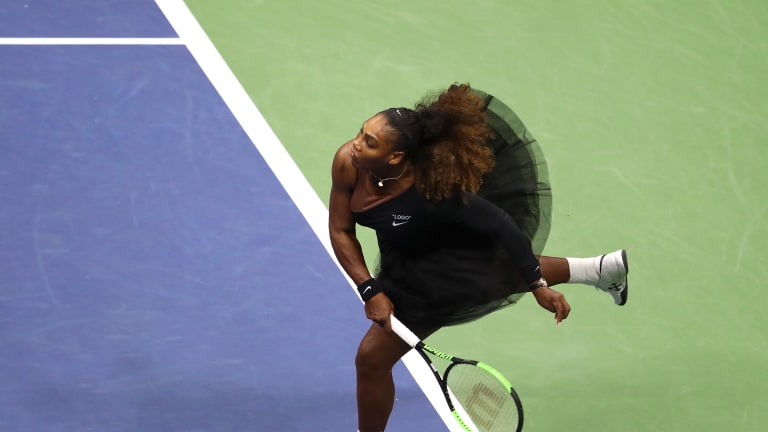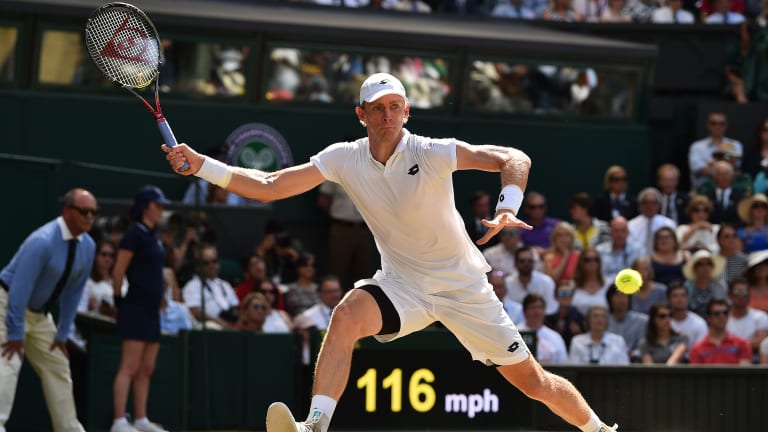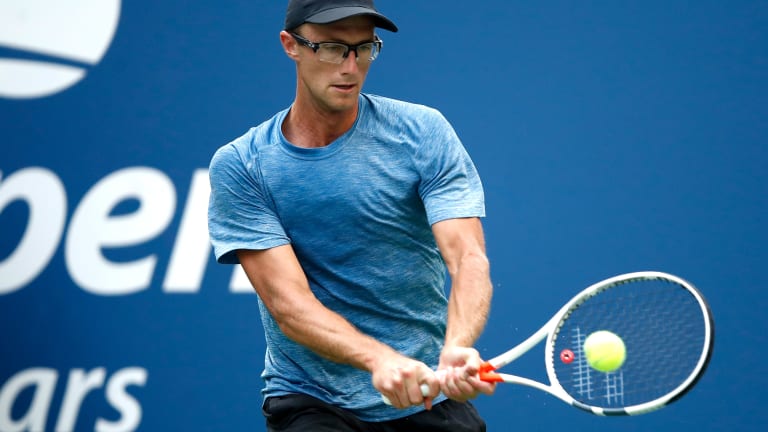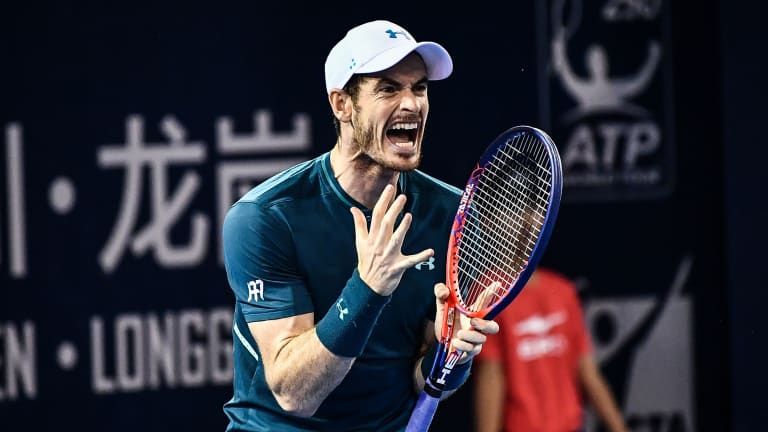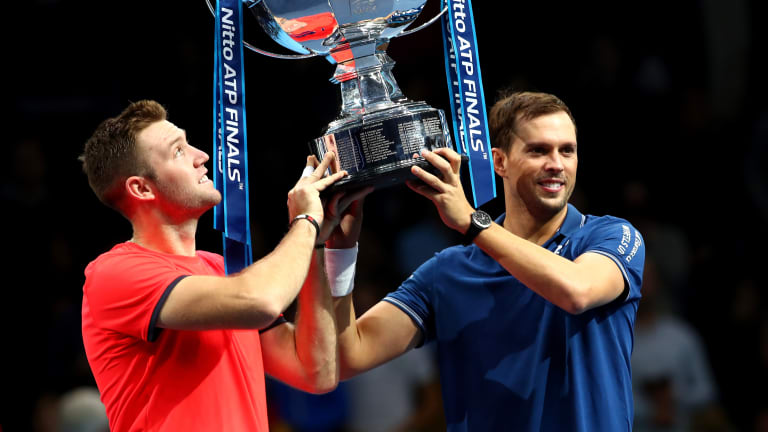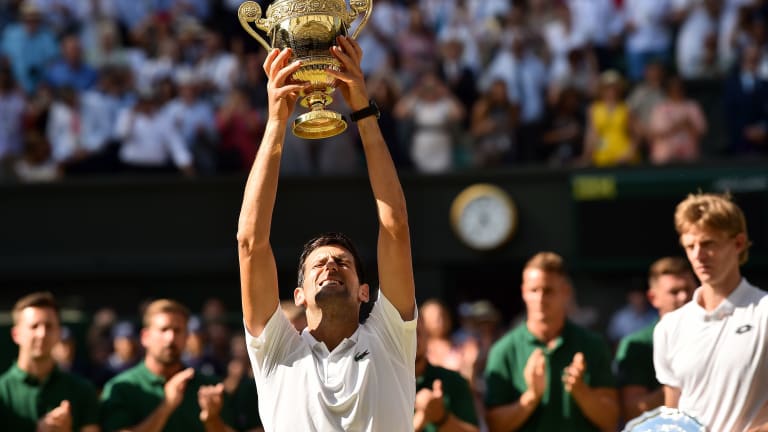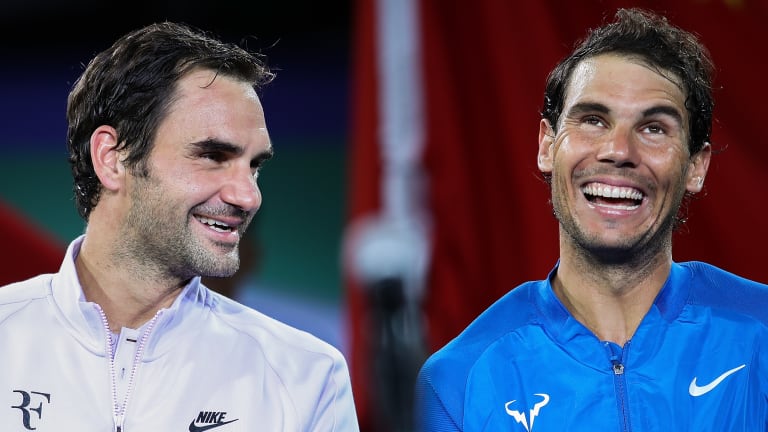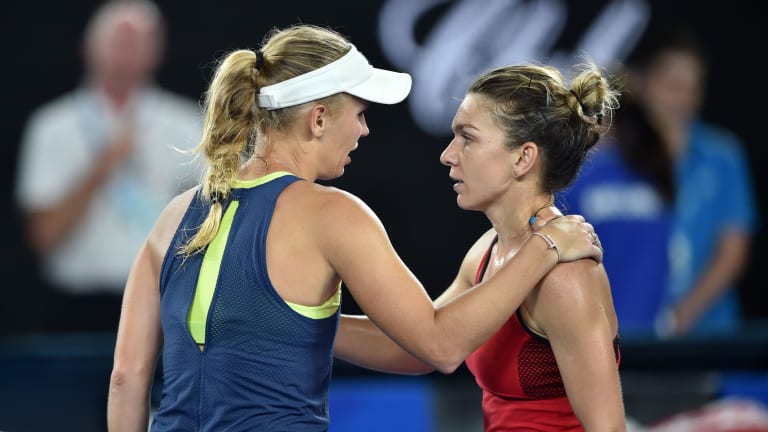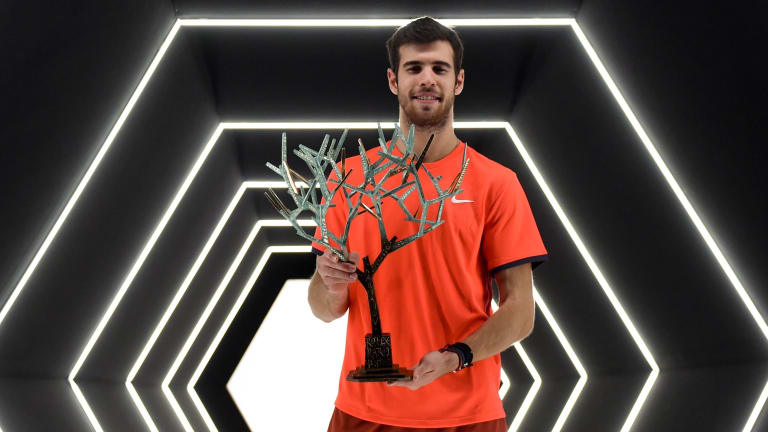The description "tennis mom" usually refers to parents, not players, but that could be changing as more female pros return to tour with children in tow. Mothers factored prominently on the WTA this season, with Serena Williams returning from the birth of her first child, Victoria Azarenka resuming a full schedule with her son, and other new mothers like Mandy Minella and Olga Govortsova also coming back.
They are adding to a growing group of WTA players with children, which also includes Tatjana Maria, Kateryna Bondarenko, Evgeniya Rodina, the recently retired Patty Schnyder and Vera Zvonareva.
In the lower ranks, Gail Brodsky set herself apart by returning to competitive play as a mother of two, which is rarer still.
"There’s so many girls now like Serena and Vika, but also Mandy Minella, who’s my really good friend," Govortsova told the WTA. "It’s inspiring, I think it’s going to be more and more girls like this."
That seems likely, with more WTA players recently announcing their pregnancy. Elena Vesnina, who just gave birth a few weeks ago, and fellow Russian Alla Kudryavtseva could both return to tour next season.
Success is likely to spur them on. Williams appeared in a pair of Grand Slam finals despite complications following childbirth, Azarenka reached the Miami semifinals, Maria won her first WTA title this season and Minella is on the verge of getting back into the Top 100.
